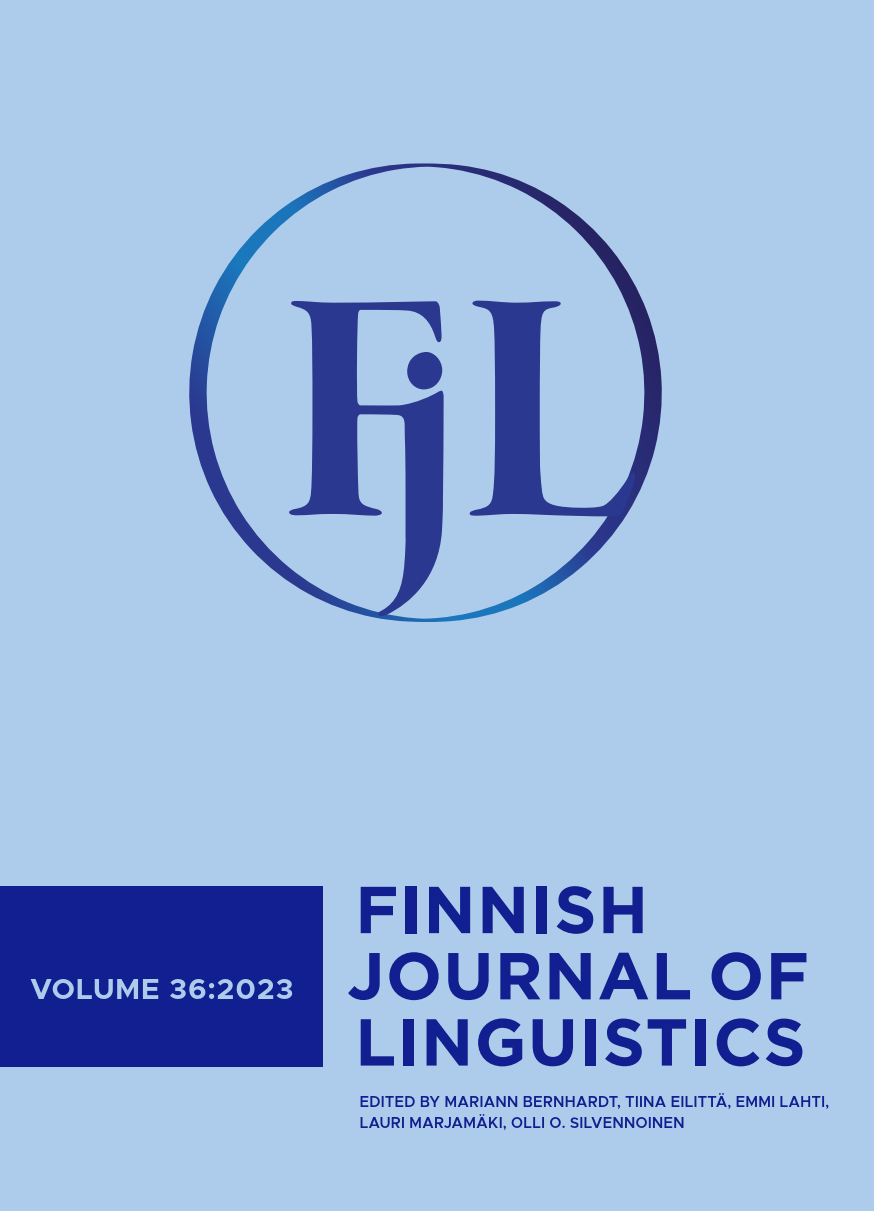Reading Easy Language texts written by public authorities
Evidence from eye tracking
DOI:
https://doi.org/10.61197/fjl.126062Keywords:
Easy Language, Easy Swedish, easy-to-read-texts, eye tracking, public authority communication, lättlästAbstract
Previous research has shown that word length, frequency and word repetition influence word reading times (Rayner 1998; 2009). Guidelines for Easy Language advise writers to use frequent and short words, and to repeat words instead of using synonyms. However, some of these guidelines are based on research that has been misinterpreted, simplified, or is outdated (Wengelin 2015), and studies focusing on effects of word length, frequency and word repetition among adult readers in the Easy Swedish target group are lacking. This eye-tracking study investigated the reading of Easy Language texts written by public authorities, as well as the effects of word length, frequency, and word repetition on readers in a day centre for people with intellectual disabilities. The results showed significant effects for word length and frequency in all readers. In addition, the effects were significantly greater in the target group than in the control group. The effects for word repetition were not as clear, affecting only one of the reading measures. Furthermore, the study revealed poor comprehension rates in the target group, i.e., when asked, they were not able to reproduce the main contents of the texts. The significantly greater effects of word length and frequency suggest that the related Easy Language guidelines are valid for this group of readers. The poor comprehension rates indicate that the texts were too difficult for these readers.

Downloads
Published
How to Cite
Issue
Section
License
Copyright (c) 2023 Authors

This work is licensed under a Creative Commons Attribution 4.0 International License.




